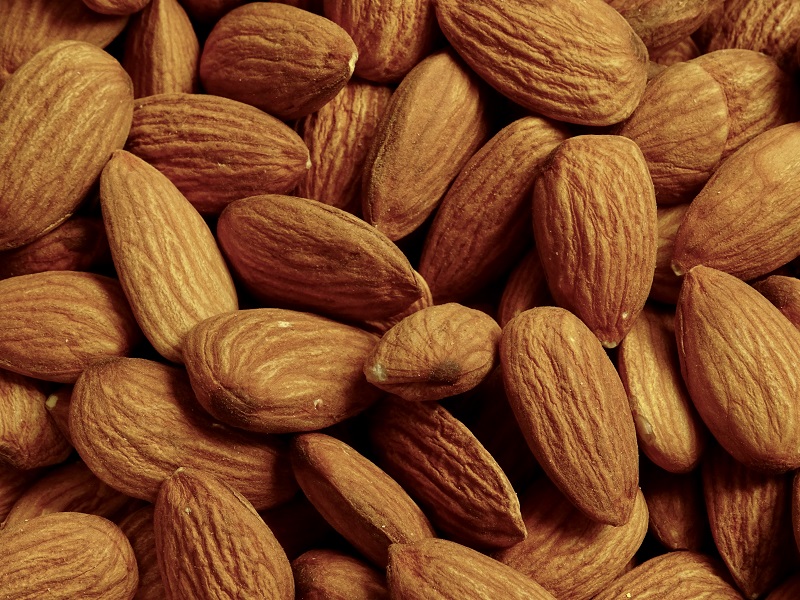Drone Tech Takes Weed Control on the Farm to a New Level

Drones/UAVs can be equipped for spot sprays on weeds. This system is equipped with a four-nozzle boom and has a capacity of more than 5 quarts.
Photo courtesy of Texas A&M
There has been a lot of buzz about potential uses of drones in agriculture. And, the buzz is growing that unmanned aerial vehicles (UAVs) could be deployed in a task that every farmer must contend with — weed management.
UAVs can travel where it is hard to navigate by ground – from flying over dense forests to hovering over lakes, streams, and other bodies of water. And when equipped with the right tools, researchers say they can be quite effective at both finding and treating problem weeds.
Weed Identification and Mapping
UAVs equipped with cameras and other sensor technologies have successfully measured weed density and have been used to identify and map multiple weed species with greater than 90% accuracy. They also have been used to detect differences in canopy temperatures between glyphosate-susceptible and glyphosate-resistant weed species – data used to identify resistant weeds with an accuracy level of more than 95%.
One downside: Analyzing data collected by UAVs takes time, and that can mean a costly delay in weed management decisions.
Researchers say artificial intelligence tools can eliminate the lag as computers learn to identify and map weeds on the go. More work must be done, though, to develop the massive databases of weed images needed for machine learning.
Aerial Application of Herbicides
Researchers are currently testing a semi-autonomous UAV spray system guided by global positioning system (GPS) coordinates fed into the UAV’s flight planner. They’ve found that UAVs can hover over targeted treatment areas with an accuracy of 1 to 2 feet – improving the precision and safety of herbicide applications.
Before such systems become widely used in agriculture, though, researchers say it is important to learn more about spray drift patterns, the impact of droplet size, and the environmental and health impacts of UAV-based herbicide applications. Such information will be critical to the EPA as it works to establish policies that will address acceptable UAV use patterns, herbicide labeling, and regulatory, safety, and enforcement issues.
But those investigating UAVs as a tool for weed control are upbeat about the potential. With the appropriate computer processing capacity and battery power, UAVs may one day become fully autonomous – able to identify weeds and make site-specific herbicide applications in real-time, all as part of a sustainable, site-specific weed management system.
“It’s easy to imagine early response programs to spot-treat potentially resistant weeds that escaped a previous treatment,” says Muthu Bagavathiannan, a Weed Scientist with Texas A&M University. “Doing so could greatly improve weed control and minimize weed seed-bank replenishment, while reducing the amount of herbicides used.”
UAVs for Aquatic Weed Management
Aquatic weed management is an area where UAVs can really shine and it’s a common problem for Florida growers. Weed mapping is crucial to assessing the risk of plant invaders that threaten vital water resources. But it can be a tough task to accomplish by boat or shoreline observations.
According to Rob Richardson, a Weed Scientist with North Carolina State University, UAVs equipped with high-resolution cameras can quickly travel over bodies of water to detect new weed infestations, estimate the biomass of submersed or floating weed beds, and monitor weeds before and after treatment.
“UAVs give us a timely, low-cost way to reach areas of a waterway that would otherwise be inaccessible by boat due to shallow water, lack of launch facilities, or the presence of stumps, rocks, or other hazards,” Richardson said. “They can be an important tool for rapid response and for making better-informed weed management decisions.”
UAVs also can be used to apply treatments to specific areas over broad swaths of weedy invaders, Richardson adds. Research is underway to explore important aquatic treatment variables – from the most appropriate applicator nozzles to best practices for managing spray drift.
Regulatory Controls
UAVs used in agriculture must be registered with the Federal Aviation Administration (FAA). The FAA also offers a certification process for operators. More information can be found on the agency’s website at faa.gov/uas.
Editor’s Note: Information for this story was provided by the Weed Science Society of America. More information can be found at WSSA.net.









